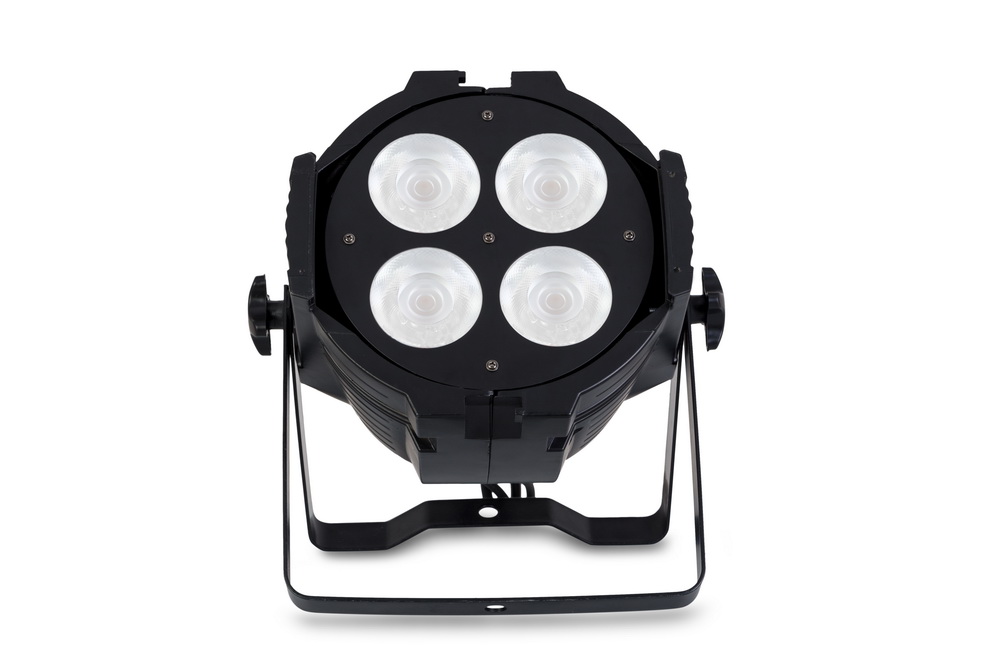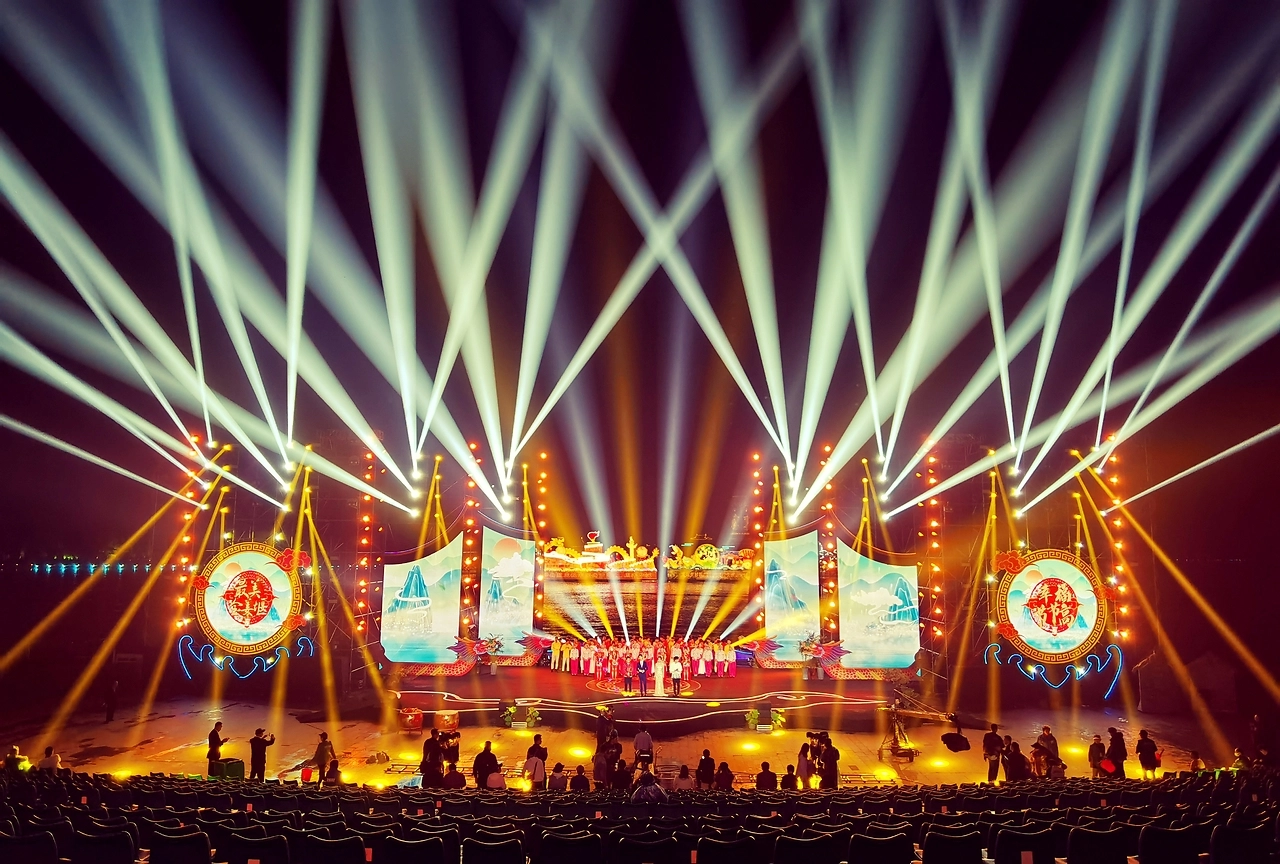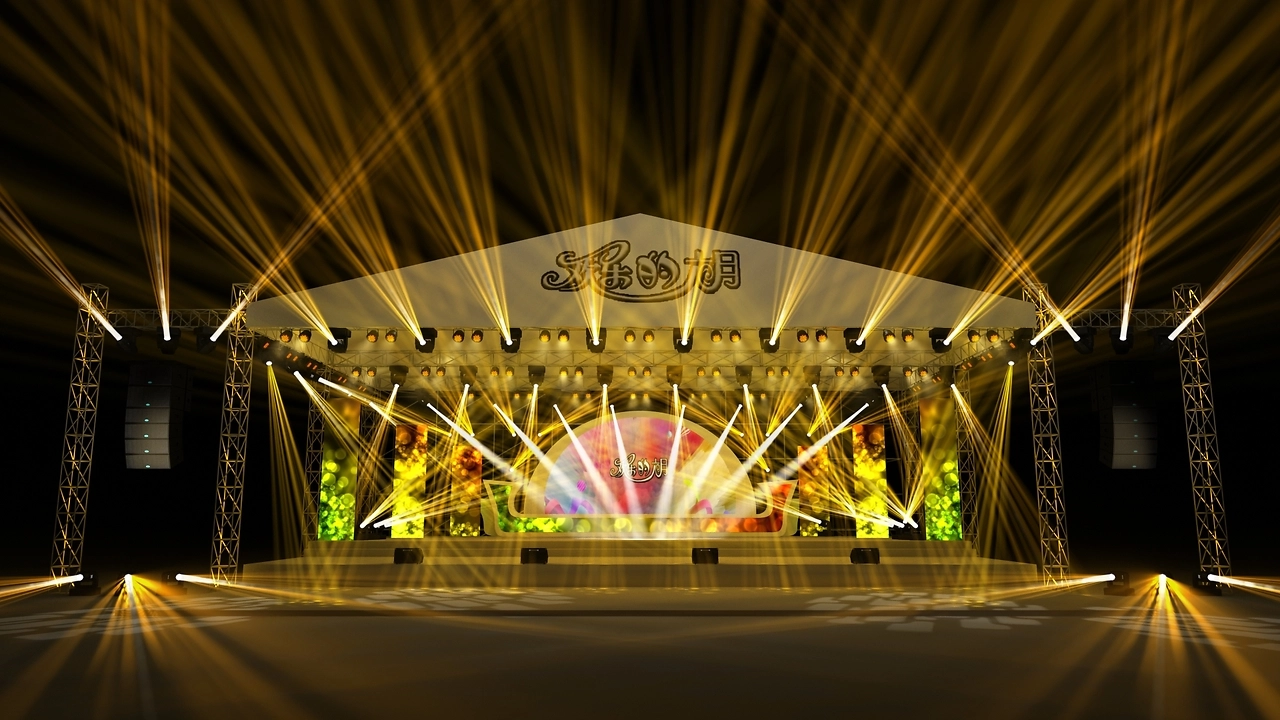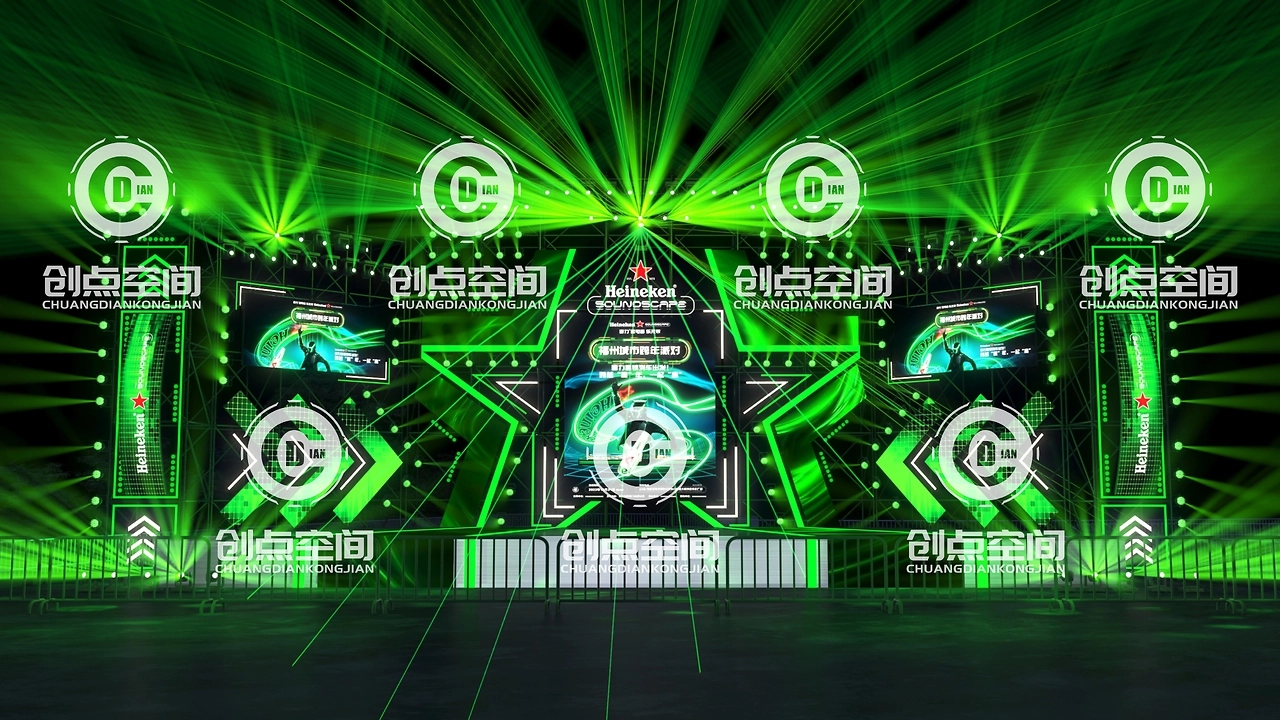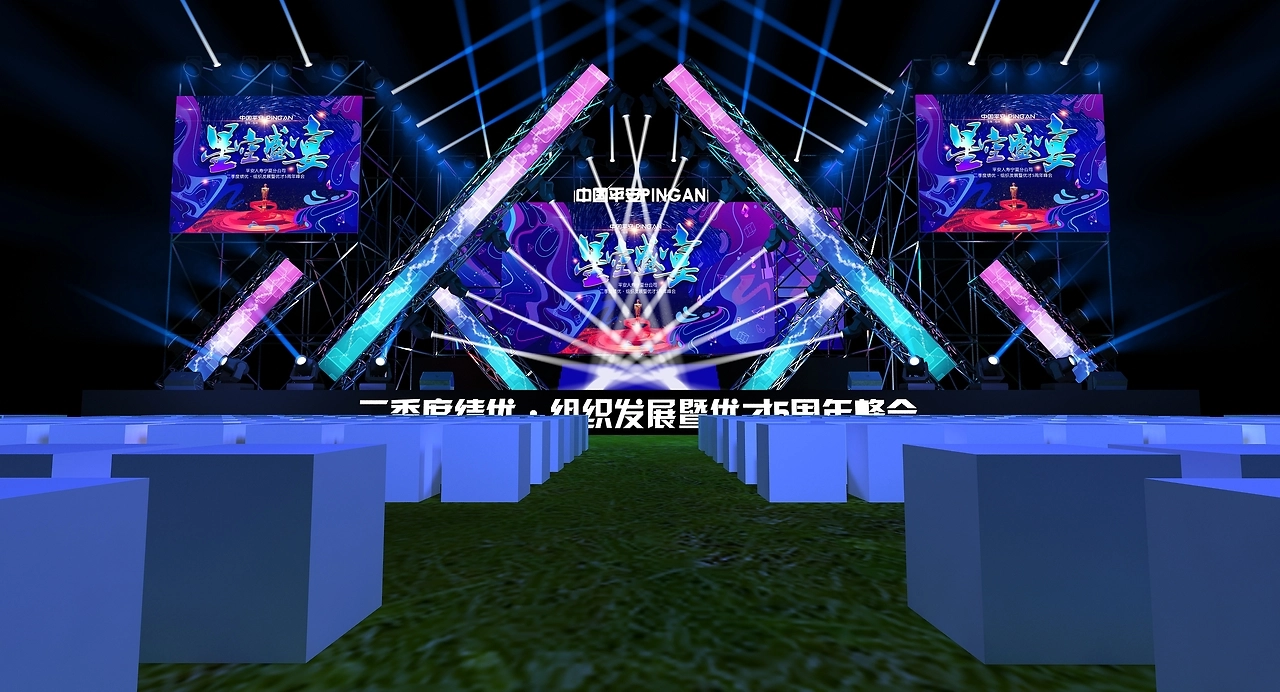With the continuous improvement of the educational environment, school lighting projects have become an indispensable part of campus construction. Reasonable lighting design can not only enhance the aesthetics of the campus, but also provide a safe and comfortable learning and living environment for teachers and students. In the design of school lighting projects, the treatment of light is particularly important. It is necessary to meet functional requirements while also considering aesthetics, energy conservation, and environmental protection. The following will discuss in detail the treatment plan of light in school lighting projects from the aspects of light functionality, aesthetics, energy conservation and environmental protection, as well as specific design points.
Whatsapp:+86 134 1860 8878
1. Functional processing of light
1. Meet basic lighting needs
The primary task of the school lighting project is to meet the basic lighting needs of teachers and students, ensuring that the illumination levels in various areas such as teaching areas, office areas, dormitory areas, and sports fields meet national standards. For example, the illumination level in classrooms should reach 300-500 lux to ensure that students do not feel fatigued when reading and writing; the illumination level in sports fields should reach 200-300 lux to ensure the safety of nighttime activities.
2. Zoning lighting design

Different areas of the school have varying lighting requirements, thus zoned lighting design should be implemented. Places such as teaching areas and libraries, which require high-intensity and uniform lighting, should utilize evenly distributed luminaires to avoid shadows and glare. Conversely, dormitory areas, corridors, and other spaces demand soft lighting to foster a comfortable resting environment. Furthermore, the lighting of campus roads and squares must ensure the safety of pedestrians and vehicles, avoiding excessively dim or bright lighting.
3. Emergency lighting system
As a densely populated place, schools must be equipped with a comprehensive emergency lighting system. In case of sudden power outages or emergencies, emergency lighting can provide necessary illumination for teachers and students to ensure safe evacuation. Emergency lighting fixtures should be distributed in key locations such as corridors, stairs, and exits, and should have sufficient brightness and duration.
II. Aesthetic treatment of light
Whatsapp:+86 134 1860 8878 1. Building facade lighting
The facade of school buildings is an important part of the campus image, and the lighting design should highlight the beauty and characteristics of the buildings through clever combinations of light and shadow. For example, wall washers, spotlights, and other lighting fixtures can be used to evenly illuminate the facade of the buildings, highlighting their contours and details. For buildings with a historical feel, warm-toned lighting can be used to create a solemn and elegant atmosphere; for modern buildings, cool-toned lighting can be used to reflect a simple and stylish style.
2. Landscape lighting design
The landscapes within the campus, such as gardens, sculptures, and fountains, can also be beautified through lighting. Landscape lighting design should focus on layered and three-dimensional effects, highlighting the characteristics of the landscape through different lighting fixtures and angles. For example, trees can be illuminated using underground lights or canopy lights to create a staggered light and shadow effect; water features can be illuminated using underwater lights or projection lights to present a sparkling visual effect.
3. Festival and event lighting
Whatsapp:+86 134 1860 8878
During major school festivals or events, lighting design can create a festive and lively atmosphere through dynamic lighting, colored lighting, and other means. For example, during opening ceremonies, school anniversaries, and other events, LED light strips, colored spotlights, and other decorative lighting can be used to decorate the campus, enhancing the sense of ceremony and participation in the event.

